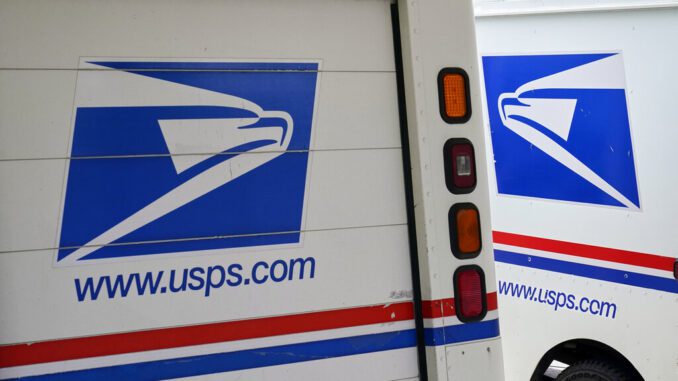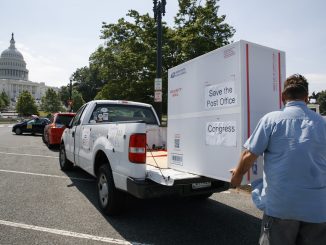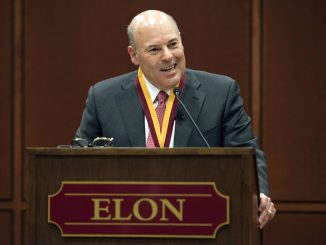
WASHINGTON, D.C. — In a major boost for President Joe Biden’s pledge to eliminate gas-powered vehicles from the sprawling federal fleet, the Postal Service said Tuesday it will sharply increase the number of electric-powered delivery trucks — and will go all-electric for new purchases starting in 2026.
The post office said it is spending nearly $10 billion to electrify its aging fleet, including installing a modern charging infrastructure at hundreds of postal facilities nationwide and purchasing at least 66,000 electric delivery trucks in the next five years. The spending includes $3 billion in funding approved under a landmark climate and health policy adopted by Congress last year.
The White House hailed the announcement as a way to sustain reliable mail service to Americans while modernizing the fleet, reducing operating costs and increasing clean air in neighborhoods across the country.
“This is the Biden climate strategy on wheels, and the U.S. Postal Service delivering for the American people,” said White House climate adviser Ali Zaidi.
The new plan “sets the postal fleet on a course for electrification, significantly reduces vehicles miles traveled in the network and places USPS at the forefront of the clean transportation revolution,” added John Podesta, a senior White House adviser.
The U.S. government operates the largest vehicle fleet in the world, and the Postal Service is the largest fleet in the federal government with more than 220,000 vehicles, one-third of the overall U.S. fleet. The USPS announcement “sets the bar for the rest of the federal government, and, importantly, the rest of the world,” the White House said.
Postmaster General Louis DeJoy, who came under fire for an initial plan that included purchase of thousands of gas-powered trucks, said the Postal Service is required by law to deliver mail and packages to 163 million addresses six days a week and to cover its costs in doing so.
“As I have said in the past, if we can achieve those objectives in a more environmentally responsible way, we will do so,” he said in a statement Tuesday.
A plan announced by DeJoy in February would have made just 10% of the agency’s next-generation fleet electric. The Environmental Protection Agency criticized the Postal Service, an independent agency, for underestimating greenhouse gas emissions and failing to consider more environmentally sound alternatives.
Environmental groups and more than a dozen states, including California, New York and Illinois, sued to halt the initial plan and asked judges to order a more thorough environmental review before the Postal Service moves forward with the fleet-modernization program. The Postal Service later adjusted its plan to ensure that half of its initial purchase of 50,000 next-generation vehicles would be electric.
Katherine García, director of the Sierra Club’s clean transportation campaign, called the plan announced Tuesday “a massive win for climate and public health” and a common-sense decision.
“Instead of receiving pollution with their daily mail packages, communities across the U.S. will get the relief of cleaner air,” she said.
“Every neighborhood, every household in America deserves to have electric USPS trucks delivering clean air with their mail, and today’s announcement takes us almost all the way there,” said Adrian Martinez, a senior attorney for Earthjustice, one of the groups that sued the Postal Service.
In addition to modern safety equipment, the new delivery vehicles are taller, making it easier for postal carriers to grab the packages that make up a greater share of volume. They also have improved ergonomics and climate control.


